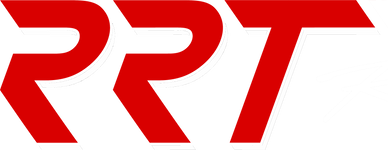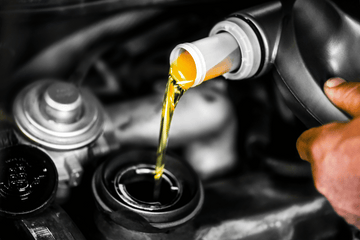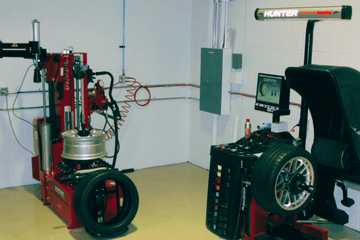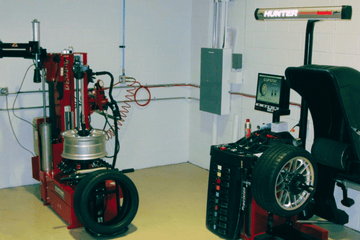Aerodynamic Design
Aerodynamic design is the science of how air flows around and inside objects. As vehicle speed increases, the air flow around & through a vehicle has a more pronounced effect on the acceleration, top speed, fuel efficiency and handling. Aerodynamic components are a vital component of a winning race car. They can add grip and increase turning & braking ability. But if overdone or if done incorrectly, aero components can also slow a car down. The proper balance, design and installation of aerodynamic components is an involved process that is a lot more than just bolting a wing on a trunk lid.
With the advice of RRT Racing’s experts, you can add the appropriate aerodynamic components to your car so that you can maximize the benefits without breaking the bank. After choosing the right pieces, our technicians can install and setup your car. Whether adding a simple splitter or installing and programming a dynamic wing, our years of track experience will get you back on the race track faster.
10 AERODYNAMIC FEATURES OF RACE CARS
Article by Engineering Explained
There are three main reasons for improving aerodynamics on race cars from a performance standpoint: cooling, downforce, and minimizing drag. Here are 10 different aerodynamic features starting with the front of the car and working back presented by Engineering Explained. You can find many more great videos from them here: Engineering Explained
- SPLITTER - A leading edge on the front of the car, relatively parallel to the ground, which attempts to keep high pressure air on top of the car, rather than flowing underneath it. The high pressure pushes down on the splitter, also helping to create downforce.
- DIVE PLANES - These fixtures are typically located on the right and left sides of the front bumper (see below), and are curved to redirect airflow at the front of the vehicle upward, thus creating downforce. They’re also used to alter the airflow along the sides of the vehicle, attempting to minimize the amount of high pressure air that enters underneath the car (which would create lift/minimize downforce).
- HOOD VENTS - Ventilated hoods allow for a clean exit for the air passing through the radiator, and they also help to maintain airflow through the engine bay, increasing cooling.
- NACA DUCTS - These air scoops are designed to have minimal impact on airflow, while still creating an inlet for airflow. They can be used in nearly any application that requires airflow, whether that’s feeding an air intake, a radiator, or even cooling for a driver. The Ferrari F40 made extensive use of NACA ducts.
- SIDE VENTS - Side vents can be seen behind the front (or rear) wheels, allowing for airflow to exit the wheel wells which typically remains turbulent from the rotation of the wheels. These can also be used to channel hot air out from the engine bay.
- SIDE SKIRT - Side skirts are somewhat similar in principle to splitters. They are in place, and typically as low as possible, in order to prevent high pressure air from moving underneath the vehicle.
- UNDERBELLY - For racing, these are often smooth and flat to minimise drag and reduce turbulence underneath the vehicle. In combination with the diffuser, the lower pressure air under the vehicle can create significant downforce.
- DIFFUSER - A diffuser is a portion of the underbody which is shaped to create a location of increasingly larger air volume below the rear of the car. This allows for fast-moving low pressure air underneath the car to decelerate and expand at the rear of the vehicle. The diffuser helps to accelerate the air underneath the car which reduces its pressure, thus improving downforce. It can also help redirect the airflow upward, further improving downforce.
- SPOILER - Not to be confused with a rear wing, spoilers on race cars are used to prevent lift by placing an obstruction in the path of lift-creating airflow. This causes the path of the air to change, so that the airflow at the rear of the vehicle leaves in a horizontal or upward manner, thus not producing lift. A similar feature can be seen when you’re on a passenger plane that’s landing. Flaps on the wings (spoilers) will lift, minimizing lift and creating drag, both of which assist in slowing the plane down. Here’s a video explaining spoilers and rear wings:
- REAR WING - For automotive use, wings (much like on planes) are airfoils, however they are designed to directly deflect airflow upwards, pushing down on the vehicle. Airflow interacting with the wing is forced up, so the vehicle is forced down. However, the benefit of downforce comes at the expense of additional drag.



